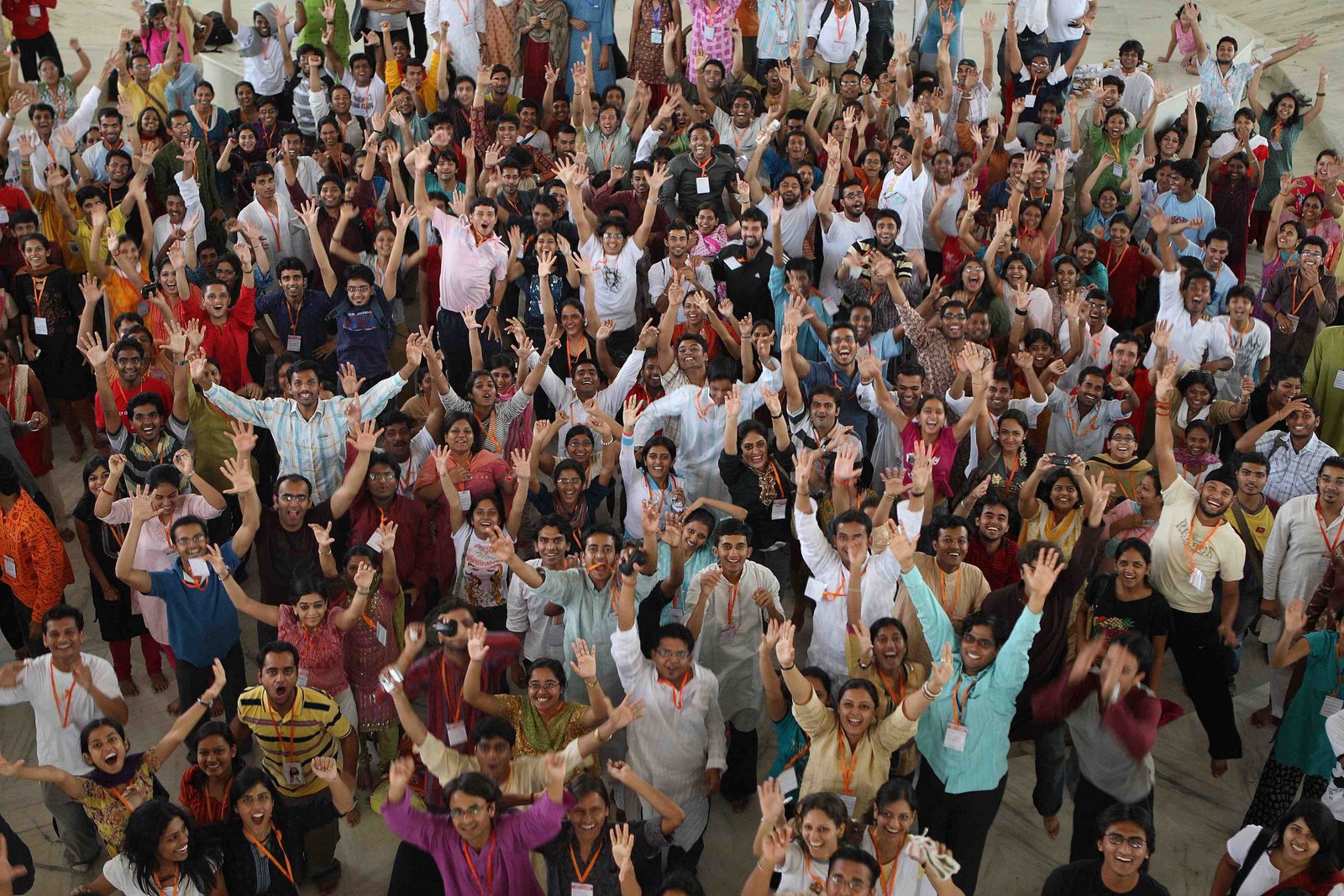India's demographic disaster


This recent article points to an interesting intersection of the cutting edge and the old school—an attempt to impart some basic skills as old as human civilization, but by using the power of the internet as mediator.
LabourNet is an intriguing website that hopes to use the internet to teach Indian youth vocational skills such as carpentry, masonry, electrical wiring and plumbing. It has 300 workers, is headed by a former International Labour Organisation (ILO) employee Gayatri Vasudevan, has the Acumen fund as an investor, hopes to train over 125,000 workers annually within the next five years and has apparently enabled livelihoods through training for over 50,000 people to date. As laudable as these efforts are, they may not stave off an impending tragedy.
If you've ever lived in India and owned or rented an apartment, you will quickly get a creeping sense, from your crumbling fittings, to your shoddy tile work to your appalling plumbing that the problem that India faces is gargantuan and far removed from the majestic, mind-bogglingly intricate architectural marvels that were put together for thousands of years such as the Taj Mahal, the Imambaras of Lucknow and the temples of South India to name just a handful.
When you actually appraise the cold hard facts related to this problem, it becomes laughably insurmountable. Around 550 million of India’s 1.2 billion are under the age of 25 which means that a staggering 12 million each month will be entering the job market for the next two decades according to this article—yet only 2 percent would have had any training. By 2020, that number would have swelled to 700 million.
Not hard to imagine that the lack of any jobs for these people very soon translates into a gigantic social problem. Imagine what would happen with these many people, 60 percent of them men, lying about without jobs and therefore income—the scenario could put any apocalypse movie such as Alfonso Cuaron's Children of Men to shame.
Being jobless is not just demoralizing, it is downright depressing. India’s gameplan is to skill 500 million people by 2022 through the government created National Skills Development Corporation which adopts a public-private partnership model to provide Indians with vocational training although it’s anybody's guess if they will accomplish anywhere near its goal.
And by then, according to this piece, vital sectors in India will be seriously understaffed: by 103 million in infrastructure, 35 million in automobiles and 33 million in construction.
The problem is compounded by what Indians in every strata of society expect or hope of their offspring. In the US, my best friends who either finished graduate work in Anthropology or studied at the prestigious Rhode Island School of Design (RISDI) didn’t balk at scraping cement floors and doing basic carpentry before rising up through the blue collar ranks to become the leading builders of bars and restaurants in New York.
In India, we want every child to become—not a mechanical or civil—but an electrical engineer as the Post article sheds light on. As the article goes on to point out, a survey conducted by the Center for the Advanced Study of India at the University of Pennsylvania, noted that the "aspirations of students are largely misaligned with the needs of the Indian economy."
One of the big problems in India is that factory work is often poorly paid with little room for advancement. Eight hours a day for skilled factory work yields a paltry Rs, 5,000 (US$90) a month which is less than what a day labourer migrating from Bihar earns in a city like Delhi, or, according to my own calculations, far less than the Rs 10,000 (US$1,666) a month an industrious beggar can earn on a good street corner in the nation’s capital, or the Rs 15,000 (US$250) a month an auto driver can earn.
Apparently, "Skilled machine operators - broadly representative of the industrial class - earned only 14 per cent more than an unskilled worker," clearly there’s not much incentive to become a skilled factory worker.
We may not, as a country even take all ofmthis seriously until it bites us in the backside (and badly enough to cause gangrene). Still, it is organisations such as LabourNet or LEAP that toil away trying to make a difference. But anything short of a miracle—or a massive initiative like the public works Civil Conservation Corps launched by US President FDR in the early 1930s—will save us in the long run.